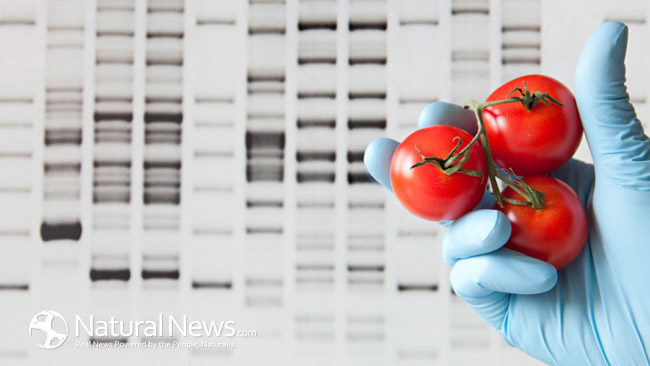Anyone who knows me understands that I don’t make a habit of telling others how to live their lives. So what I’m about to show you here is not accompanied by a sermon or by any kind of judgment. It’s simply something interesting that drives home what I feel is an important reminder.
Whatever you may think about the United States’ one-size-fits-all war against drugs, it’s clear by now that the results have been less than inspiring. Part of the problem is that local law enforcement teams – which are more and more frequently being armed with military-grade weapons – are pursuing, for example, marijuana dealers with the same prejudice they use in dealing with heroin dealers.
That said, one of the most frequent defenses of recreational drug use tends to emphasize the fact that certain drugs are “natural” substances and are, therefore, fit for human consumption. The truth, as always, is just a little bit more complicated.
How do you rank ham?
As though in answer to this difficult question former government researchers from the UK, led by David J. Nutt, have published their findings after essentially ranking the relative “harm scores” of 10 of the most frequently abused drugs. What they’ve done is remind us of two things:
(1) Even the most seemingly innocuous drugs have a great deal of potential to inflict harm.
(2) Drugs that were heretofore assumed to affect only the user have been found to have a far-reaching impact on entire communities.
Take, for example, the appearance of alcohol in this list. It’s among the few drugs that pose a significantly greater threat to others than to the user in question. And it’s no surprise, really: alcohol, particularly when it’s paired with a careless or phone-obsessed driver, is a recipe for tragedy.
So what does this mean for the war on drugs?
The short answer is: not much. At least not right away.
Let’s be clear: it’s certainly a good idea to have researchers and scientists weigh in on important social issues such as this one. They serve the truth first, and so are less susceptible to the politicking and hypocrisy that runs rampant in places like Washington. That is, unless they’ve been paid off by Big Pharma.
In other words, this is the kind of research that needs to be put to work while the US continues to wrestle with its failed drug policies.
What we shouldn’t do, however, is assume that, just because some of these drugs have a harm score in the single digits, or occur naturally in nature, they’re fair game.
Yes: the US government needs to carefully balance the cause of liberty against the cause of public safety. But we’re not about to introduce legislation that would legalize a bunch of drugs across the board.
That is perhaps the single most important message to keep in mind during our emerging collective discussion about legalizing marijuana. This movement hasn’t come about in a scientific vacuum; the simple truth is that some drugs are more harmful than others – such as alcohol, which is very much a legal, albeit controlled, substance.
But this is Natural News – not a political site. I’ll let these scientific findings speak for themselves, and you can make of them what you will.

![Ranking the Collateral Damage of 10 Drugs [Infographic] Ranking the Collateral Damage of 10 Drugs [Infographic]](http://www.12keysrecovery.com/blog/wp-content/uploads/2014/09/Collateral-Damage-Drugs.jpg)




